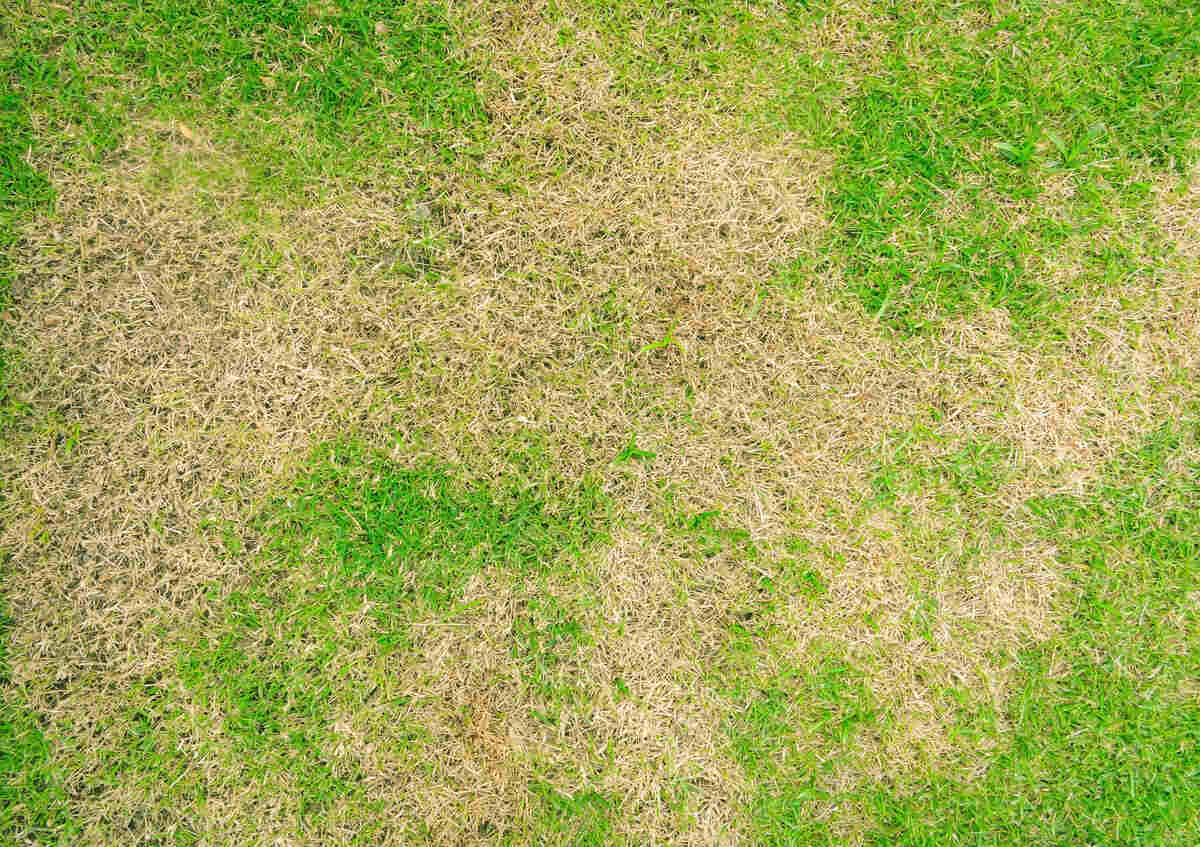
There is no need to get your lawn a toupee or a wig. There are two straightforward ways how to fix patchy grass. Using grass seed or sod your yard can go from balding to thick and lush.
When your lawn is patchy, you must address any underlying problems. Then, prepare the areas you want to patch by clearing them of obstructions and loosening the soil. If using seed, spread, rake, and then cover with soil and mulch. With sod, measure the patches to ensure full coverage and then lay the sod, pressing it down with your feet.
For both methods, water immediately, and keep the area moist for at least a week. Below, we’ll go into more detail about each step and the materials you need.
Before You Start
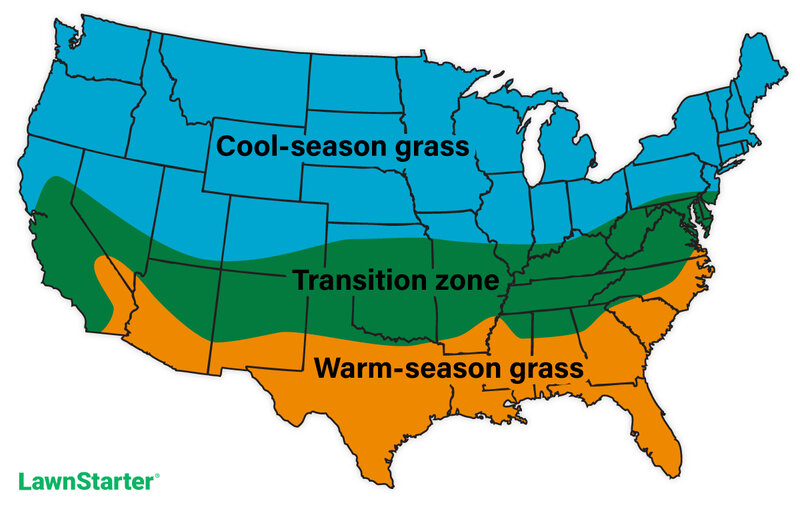
While repairing your lawn with seed or sod have differences, there are similarities in the techniques. Knowing how to grow grass on a patchy lawn will require you to know your grass type, which affects the time of year it grows best. You can lay sod any time of year but repairing your lawn with seed or sod will be most effective during your lawn’s peak growing season.
For cool season grasses this is in early fall or early spring. For warm season grasses this is in late spring or early summer.
Assess the Cause
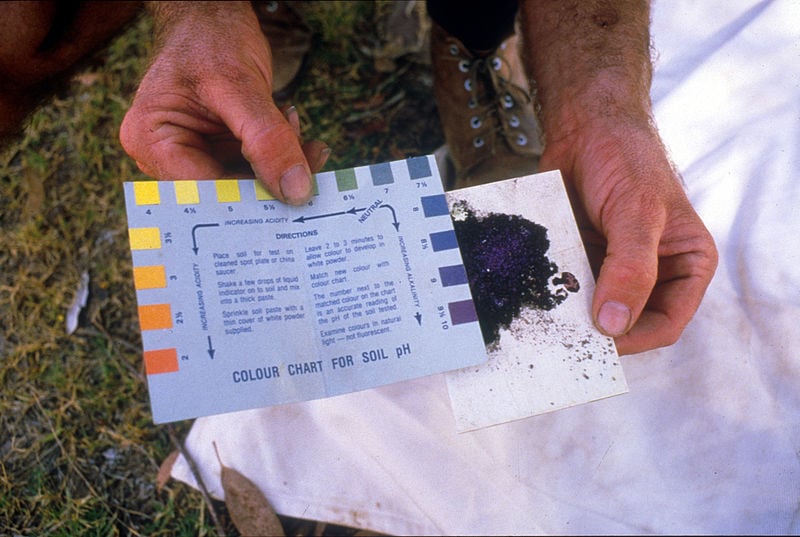
A lawn can become patchy for a variety of reasons: heavy foot traffic, pet urine, poor soil, lawn pests, or disease, to name a few. If you don’t address the underlying cause of the bare patches, you run the risk of the problem occurring over and over.
These problems can all be fixed – with herbicides, pesticides, soil amendments, and other remedies – if you know what you’re dealing with. We strongly suggest having your soil tested by your local Extension Office to assess the problem.
Wondering if lawn diseases are contributing to your patchy yard? Check out our guide Common Lawn Diseases and How to Identify Them.
Choose Your New Grass Wisely
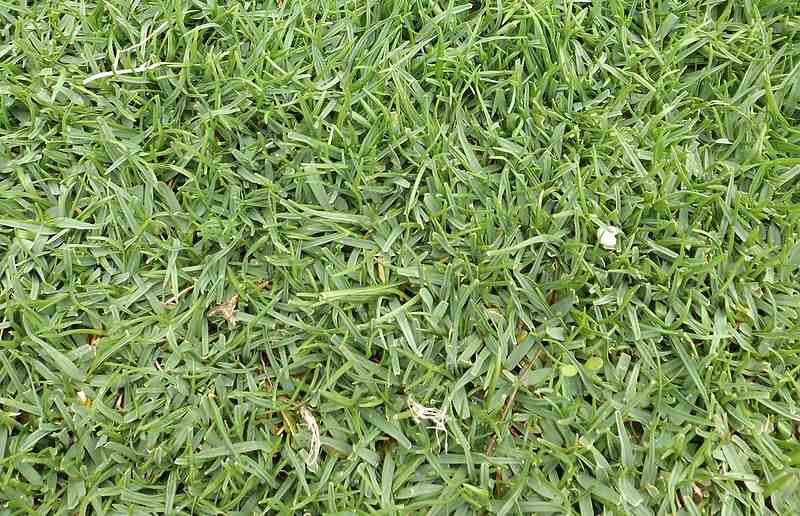
If you’re going to patch a problem, you need the right patch. You wouldn’t put Scotch Tape over a hole in your tire, and you shouldn’t throw any old grass seed on you lawn.
Two things to consider: Sod or seed? And what type of grass? You want a grass type that either matches what’s in your lawn already or a type that complements it.
Here is a guide to choosing grass that will help.
What You’ll Need
These are the primary items you’ll need to fix patchy grass.
- Grass seed or sod
- Lawn mower
- Hose
- Rake
- Shovel
- Seed spreader
- Straw
Optional Items
These items are optional but may be helpful depending on the needs of your lawn.
- Topsoil
- Garden knife
- Core aerator
- Fertilizer
- Soil amendments
- Lawn roller
Patching With Seed
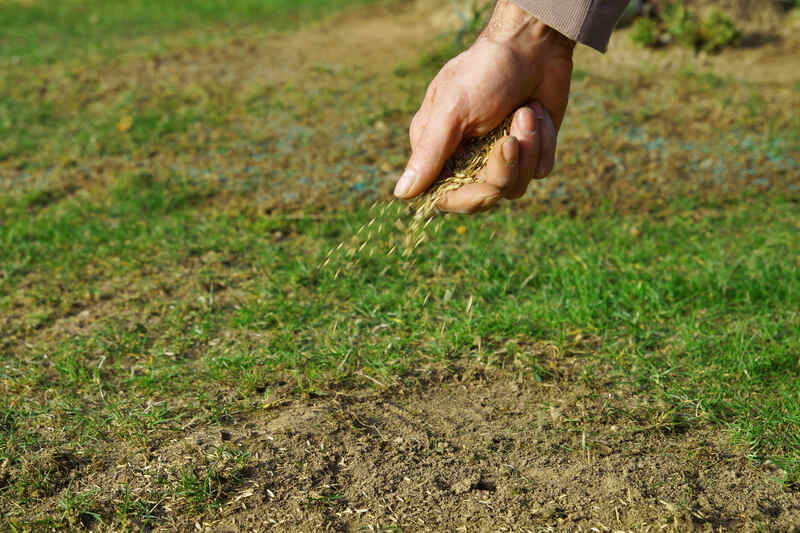
Grass seed is an easy, affordable way to repair an existing lawn. However, growing grass from seeds can be time-consuming and is best for yards where at least half of the lawn is healthy.
Here are the steps:
Mow Existing Grass Short
Mow a little shorter than usual. You don’t want your seeds sitting atop thick turf but instead want them to fall through to the soil.
Control Weeds and Clear Debris
Remove debris such as rocks and sticks, and use a rake to collect grass clippings, dead grass, and leaves.
Weeds can hinder the reseeding process by robbing the nutrients in the soil, preventing new seeds from sprouting. It’s best to remove weeds by hand since herbicides can interfere with new turf growth.
Loosen the Soil
Seeds won’t grow in hard or compact soil. Use a shovel, rake, or hand cultivator to loosen the soil. Aim to break up the top 3 to 4 inches of soil to create the optimal environment for growing seeds. If this process is too challenging, you may need to aerate your lawn before reseeding.
Does your soil need some extra poking and prodding to loosen it? Learn more about aeration in our guide How to Aerate a Lawn.
Spread Seeds
Spread your grass seeds evenly to avoid an irregular lawn. You can easily achieve this with a spreader.
Hand-held spreaders are small devices with a compartment to hold the seed, and a hand crank to distribute the seeds. Some hand-held spreaders may use batteries. These are best for smaller areas.
Drop spreaders are larger and hold more seeds. They release seeds as you push them and are best for bigger areas.
Rake and Cover
Lightly rake or use a hand cultivator to keep your seeds and cover them with a thin layer of soil. Use a lawn roller for larger bare patches to ensure seeds have good contact with the soil.
Cover the seeds with a thin layer of mulch such as wheat, oat, or pine straw. This will keep birds away from your seed and help hold in the moisture seeds need to germinate.
Be sure to use straw, not hay, which may contain more weed seeds. Ask about high-quality straw from local nurseries or farmers or purchase processed clean straw at a nearby hardware store.
Water Thoroughly
Water thoroughly but be careful not to overwater. The goal is to dampen the top 4 to 6 inches of soil. The seeds must stay moist for successful germination. If they dry out, new grass won’t grow.
During the first two weeks, water your seeds for 10 to 15 minutes two to three times a day. Then, gradually increase the duration of watering sessions while reducing the frequency.
Patching With Sod
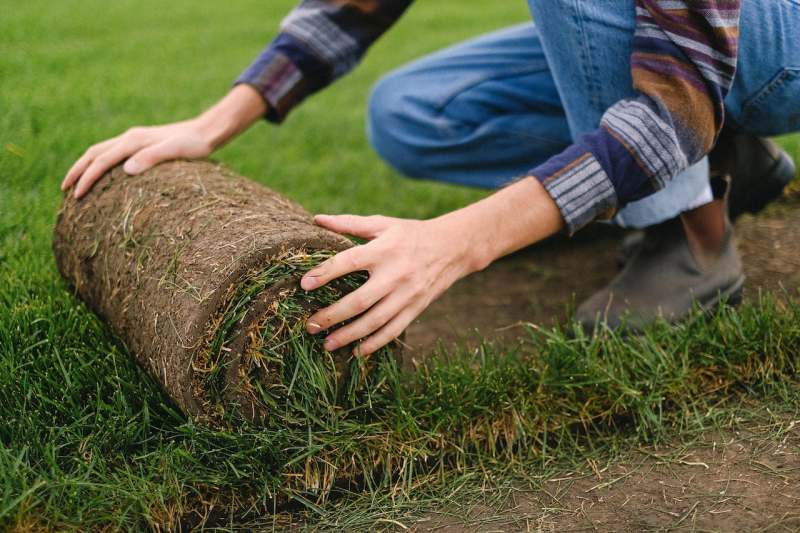
Patching with sod is one of the best and quickest ways to get a full and lush lawn. It is best used on bare soil or in cases where large areas of grass are dead or filled with weeds.
Measure Bare Patches
Measure the dimensions of each bare patch so you know what size pieces of sod you need.
Cut the Sod
Use a sharp shovel or garden knife to cut the sod, making sure each piece is slightly larger than the bare patch it needs to cover. Each piece of sod should be about 2 inches larger on all sides than the bare patch it will cover to ensure a snug fit.
Control Weeds and Clear Debris
Remove any weeds, grass, and debris from the bare patch.
Loosen the Soil
Lay the sod piece over the bar patch. It should be level with the turf around it. If it sits lower, remove it and add topsoil. If it sits higher, remove some soil. Use a shovel, rake, or hand cultivator to loosen the soil. If the soil still seems too compacted, you may need to aerate. Use the back of your rake to level the soil when finished.
Install the Sod
Place the sod patch into the newly excavated soil. Press down on the sod repeatedly to ensure it has good contact with the soil or use a lawn roller to press it into the soil gently.
Water Thoroughly
As with grass seeds, sod needs to be kept moist to be successful. Water the sod once or twice a day for 15 minutes for one to two weeks. Then, gradually increase the duration of watering sessions while reducing the frequency. At first, the sod may be a different color than the rest of your lawn but in time it should become indistinguishable.
FAQ About Repairing Patchy Grass
Does putting grass clippings on bare patches help them grow?
Not necessarily. While leaving grass clippings on your lawn can be beneficial, this is not the case for patchy lawns. If your lawn is suffering from disease, leaving the grass clippings behind may spread the disease to other areas of your lawn.
Does raking grass help it grow?
Raking can help remove thatch or dead grass which can allow for better access to nutrients and air. This can help grass grow but if you rake areas where the grass is completely dead, this will not help.
When should you not aerate your lawn?
Do not aerate during drought conditions because this can put excess stress on your lawn.
Hire a Pro to Mow Your Lawn
A patchy lawn can be troubling for any homeowner to look at and frustrating to fix. However, learning how to grow grass in patchy areas can be simple when you have the proper tools and you address any underlying issues.
Lawn maintenance is the key to preventing a patchy lawn in the first place. Once your lawn is all patched up, contact a local lawn care professional who can keep your yard looking great with regular lawn mowing services. You’ll have a healthy lawn that you can feel happy about.
Main Photo Credit: singjai / Adobe Stock Free / License